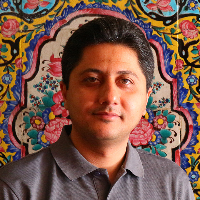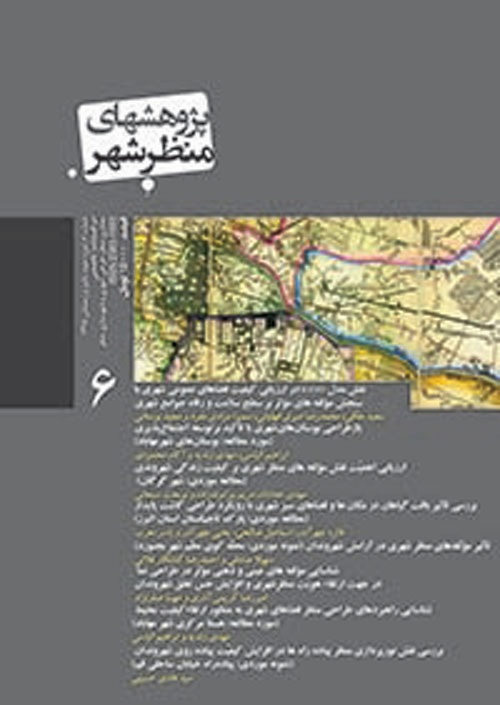Topological analysis of open spaces in vernaculartraditional residential design patterns of Islamic cities and modern urbanization theories
Author(s):
Abstract:
Open & between spaces (OBS) have a significant role in objects recognition and humanenvironmental interactions. This article study the meaning of OBS in some of Islamic vernacular residential experiences of some Asians countries (Malaysia, China, India, Uzbekistan, Iran & Saudi Arabia) in comparison with modern western urbanization theories (Linear city, Garden city, Industrial city, Radiant city, Future city) through topologic approach. To aim this we discover spatial relationships without inconsiderable impact of shapes & dimensions such as proximity, contiguous & closeness and relations like symmetry, continuity & convergence. Tom Turner design patterns (natural, social, aesthetic & sample patterns) were used to deepen each case study’s description. This study shows that element of OBS in Islamic vernacular residential buildings are varied in shape and topology but each of them has specific definition and has mental or physical borders. Although OBS in 20th century modern urbanization theories was in central attention but in practice because of the absence of natural patterns and also utopian desires, they produce borderless, expanded & with no specific definition open spaces that not only destroy urban social structures but also create many environmental problems.
Keywords:
Language:
Persian
Published:
Journal of Urban Landscape Research, Volume:1 Issue: 1, 2014
Page:
57
https://magiran.com/p1301925
سامانه نویسندگان
مقالات دیگری از این نویسنده (گان)
-
The influence of pandemics in neighborhoods’ public realms: Experts’ point of view in light of social capital
A. Asadpour *, H. Nikounam Nezami
International Journal of Human Capital in Urban Management, Winter 2025 -
RE-DISCOVERING THE ORIGINAL FORM AND FUNCTION OF SHĪRĀZ TOOPKHĀNEH SQUARE BY HISTORICAL DOCUMENTS AND EXISTING EVIDENCE
*
International Journal of Architecture and Urban Development, Winter 2024



